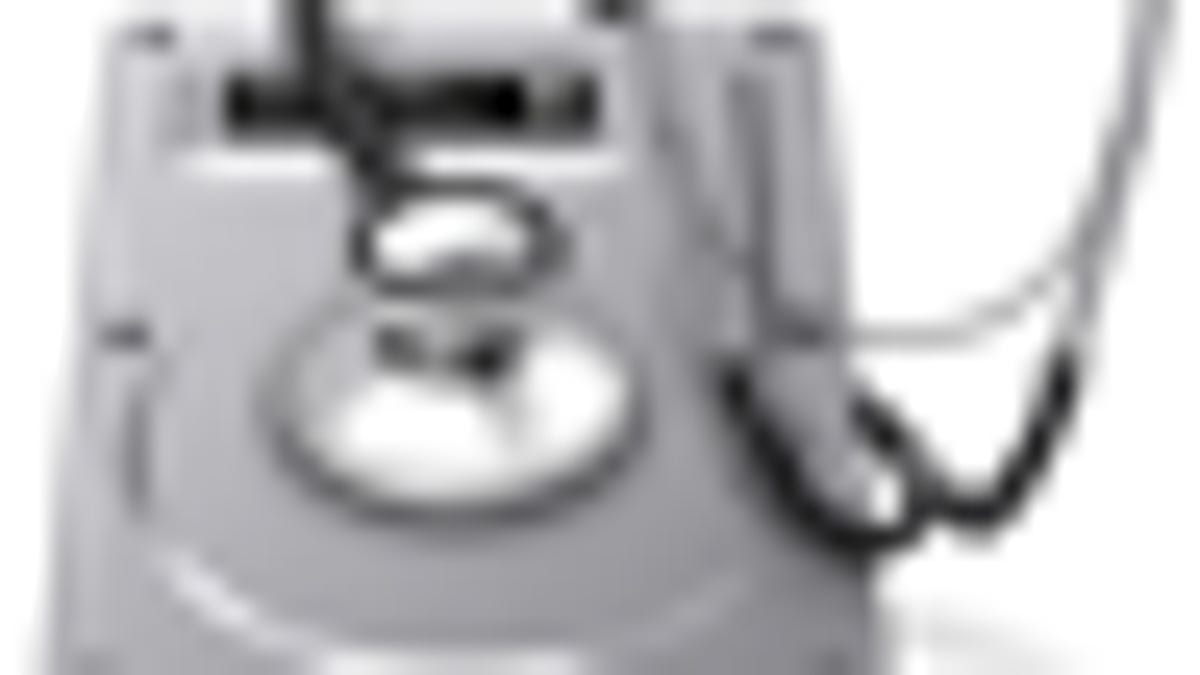Using Disk Utility from a different version of OS X
Some people have been in situations where they would like to repair their hard drives and permissions on systems that they do not have an installation disk for, but do have access to install disks for other versions of OS X.

Some people have been in situations where they would like to repair their hard drives and permissions on systems that they do not have an installation disk for. For instance, if a friend's computer is running OS X 10.4 and all you have are 10.3 and 10.5 installation DVDs, then the question is whether or not you can safely use these to run maintenance on the system.
Disk Repair
Over the years, Apple has added features to the "Mac OS Extended" (HFS+) filesystem, including Journaling in OS X 10.2, and extra options for case sensitivity in OS X 10.3. Despite these and other changes, the overall design and structure of the filesystem has remained the same. As such, Disk Utility on most OS X installation disks (provided they will boot with your hardware) should work just fine to check and repair volumes. The differences between the versions of Disk Utility are the additions of extra features such as the ability to check the current boot drive and live partitioning of disks.
Permissions Repair
The permissions repair routine has also generally stayed the same over the years: the system will check installed files on the drive against their respective receipt files in the /Macintosh HD/Library/Receipts/ folder. Despite this, Apple has changed what files are checked in later versions of OS X (and also what the permissions should be for those files), so while the same routine is used it may not completely or properly update the permissions for all files. Therefore, the best routine for permissions fixes is to use the version of Disk Utility that came with your operating system.
You do not need to run a permissions repair when booted off the installation DVD, so unless you are unable to boot off your hard drive, just use the version of Disk Utility that is currently installed. Additionally, in case the program is having problems launching you can use the following command in the terminal to repair permissions:
diskutil repairPermissions /
If you would like to verify instead of repair, then use "verifyPermissions" in place of "repairPermissions" in the command.

